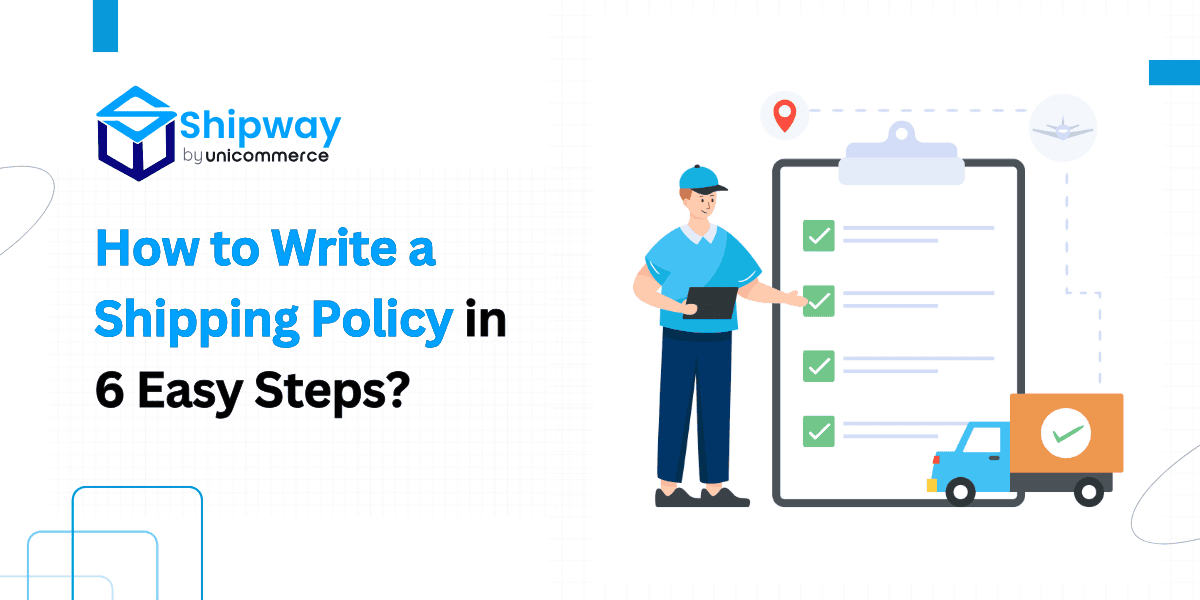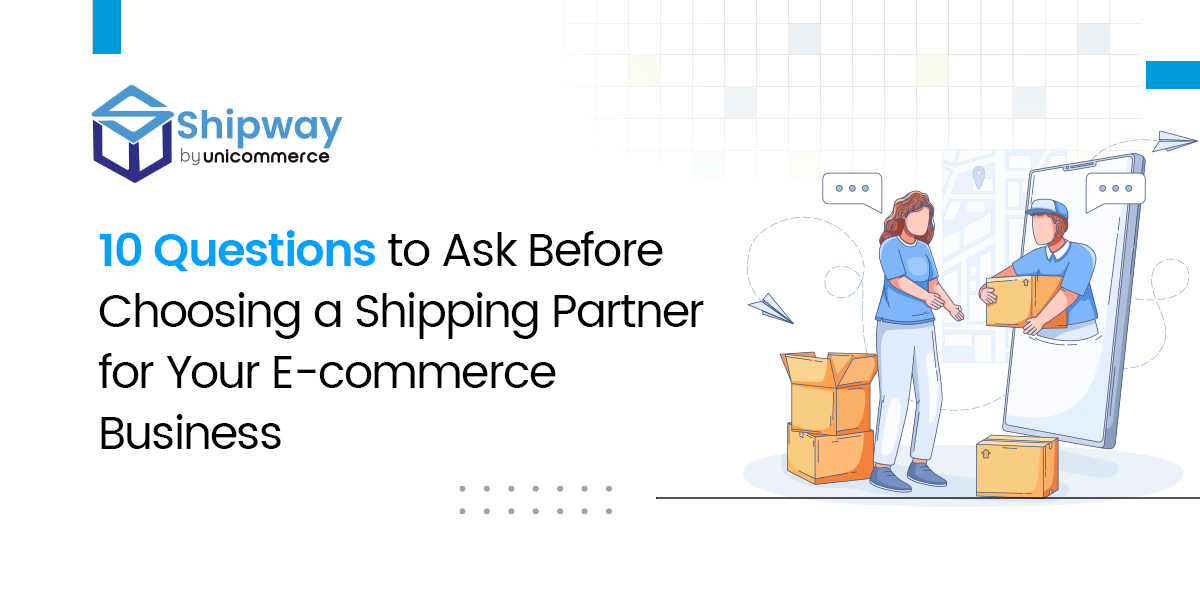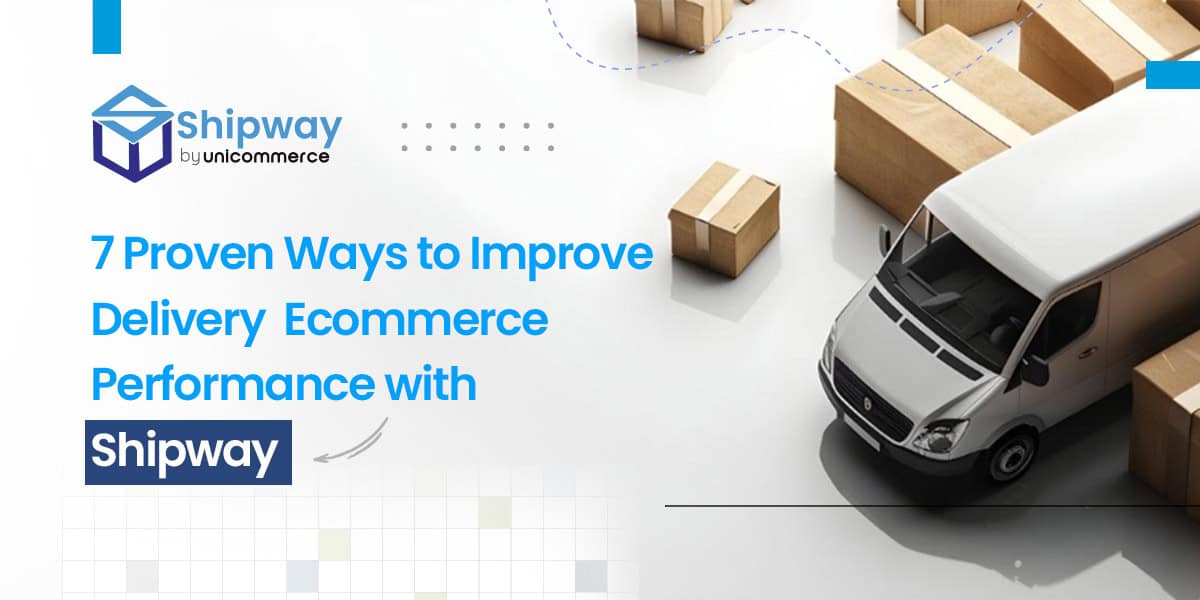When you sell things online, you need a clear plan for how you’ll send those things to your customers. This plan is called a shipping policy. A good shipping policy builds trust. It helps customers feel safe because they know what will happen after they click “buy.”
In this guide, I’ll walk you through what a shipping policy is, why it’s important, and how you can easily create a shipping policy for your e-commerce store.
What Is a Shipping Policy?
A shipping policy in e-commerce implies how the requested orders are sent to customers, and it outlines the methods of shipment, cost, and the final expected delivery times. It acts as a promise from you to your buyers and this helps your customers to know what to expect and finally, they feel safer when they order from your store.
The policy also describes how you handle lost or damaged packages. It offers answers to common queries about shipping. A clear policy can prevent misunderstandings later on.
Why do you need a shipping policy?
A shipping policy benefits both store owners and buyers. Here are some of the main benefits:
- Clear Communication: Buyers learn what to expect regarding shipment methods and delivery times.
- Reduced Inquiries: A complete policy answers many questions before they are asked.
- Trust Building: Clear rules build trust. Customers feel more secure knowing the process.
- Conflict Avoidance: By stating what happens in cases of damage or loss, disputes can be lessened.
- Better Order Management: Your store staff has a guide for processing orders.
What to Include in Your Shipping Policy?
A good shipping policy covers several topics. Think about the following points when writing your policy:
1. Order Processing Time
Explain how long it takes to pack and send an order. Many stores offer a short time for order processing. Make sure your processing time is realistic. For example, if you need two days to pack an order, include that in your delivery or shipping timelines and mention it.
A clear statement on processing times helps avoid misunderstandings.
2. Shipping Methods and Carriers
State which shipping method you use. You may use postal services, courier companies, or both. Mention the carriers you work with. This information helps buyers know what to expect from the shipment.
Also, list all the shipping modes available to send orders. Be specific about what buyers can choose. For example:
- Standard Shipping: A reliable method that takes a few days.
- Express Shipping: A faster option that may cost more.
- Local Pickup: If your store offers it, explain how buyers can collect orders in person.
- Courier Service: Some orders may be sent via a well-known courier.
3. Shipping Costs
A clear explanation of shipping costs is very important. You need to describe how shipping fees are calculated based on different factors. Some of the most frequent questions asked by consumers are – Do you charge a flat fee?, Do you provide free shipping? Or does the shipping cost depend on the order’s weight & destination?
It is very important to mention this in your shipping policy as it affects the buying behavior of the consumers. Buyers want to know what they will pay before they place an order. Here are some common fee structures used by ecommerce companies:
- Flat-Rate Shipping: A single fee for all orders.
- Variable-Rate Shipping: The fee changes based on the order’s weight or destination.
- Free Shipping Threshold: Orders above a certain amount are sent for free. Be sure to state the minimum amount needed.
- Combined Shipping: When a buyer orders several items, you might combine shipping costs. Explain it in detail and also mention how you calculate this.
4. Estimated Delivery Times
Give estimated delivery times for different locations. To ship to local addresses quickly and need more time for orders sent to other areas, then note that. You also need to use simple language and clear time frames like “3 to 5 days” or “1 to 2 weeks.”
5. Handling International Orders
You need to explain the extra steps that may be needed while shipping outside the country. Note that customs fees, import duties, or taxes may apply. Inform buyers that these charges are their responsibility. Keep the wording clear.
6. Order Tracking
Explain if you offer real-time delivery tracking for orders. Tracking numbers help buyers see where their package is at any time. Mention if tracking is available for all orders or only for those above a certain amount.
7. Lost, Damaged, or Delayed Orders
You need to set a clear policy for orders that do not arrive on time or arrive damaged or are lost. Explain the process for filing a claim or asking for a replacement.
8. Returns and Exchanges
While your shipping policy is not the same as a return policy, it is wise to mention how shipping is handled for returns. State if buyers are responsible for return shipping.
Even though a shipping policy is not a return policy, it is wise to mention the basic points. Write a few lines about return shipping:
- Responsibility: State if the buyer must cover the cost of return shipping.
- Process: Direct buyers to your return policy for full details.
- Exclusions: Note any items that cannot be returned.
A link to your full return policy can help buyers find more detailed instructions.
9. Policy Changes
Mention that the shipping policy may be updated over time. Let buyers know where they can find the latest version of the policy. This keeps everyone informed about any changes.
How to Create a Shipping Policy for Your Ecommerce Business?
Step 1: Gather the Information
Write down all the details you need to share with your buyers. These details include:
- The time needed to process orders.
- Names of shipping companies you work with.
- Rates for different shipping options.
- Expected delivery times for various regions.
- Procedures for dealing with lost or damaged items.
- Links to other policies, such as the return policy.
Collect all the facts before you start writing. This list will help you cover every topic.
Step 2: Organize the Information
Sort the details into sections. You need to use headings and subheadings to create a clear structure, like “Order Processing Time” or “Shipping Costs.”
Step 3: Write in Simple Easy to Understand Language
One needs to write in short sentences that are easy to understand and free from any type of long/confusing phrases. This is because plain language helps all customers. This also includes those who are not native speakers of the store’s language.
Step 4: Use a Consistent Tone
Keep the tone friendly and clear. You need to avoid overly formal language to avoid any confusion for the end readers.
Step 5: Review for Completeness
Read your draft carefully. Check if any important details are missing. Ask a friend or colleague to review the policy. They may catch points that are unclear or confusing.
Step 6: Publish and Link the Policy
Once your shipping policy is ready, post it on your website. Many stores link to the shipping policy from the footer or the checkout page. This makes the policy easy to find. Keep a note of the publication date and update the policy when needed.
Some Additional Details to Keep in Mind
1. Considerations for Domestic Shipping
- Processing Time: Specify the time needed to pack and send orders. Buyers expect orders to be sent quickly.
- Shipping Options: List the methods available. For example, you might offer standard mail and express shipping.
- Costs: Describe how fees are calculated. A flat rate fee might be used for simplicity.
- Delivery Time: State expected delivery times. Let buyers know if orders may take longer on weekends or holidays.
- Tracking: Mention if tracking is available for domestic orders. This helps buyers feel informed about their package’s progress.
2. Considerations for International Shipping
Orders sent to other countries require extra details. Keep these points in mind:
- Customs & Duties: You need to explain that buyers may have to pay extra fees on arrival for their product.
- Processing Time: International orders may take longer to process and ship. Be open about the extra time needed.
- Shipping Options: List the carriers that handle international shipments. Buyers may choose between methods if available.
- Delivery Estimates: You need to give a range for international delivery times, such as “2 to 4 weeks,” to avoid confusion.
- Tracking: Note if international orders come with tracking numbers. If tracking is not available for certain regions, state that clearly.
- Restrictions: Mention if there are any restrictions on certain products in other countries. This may include local laws or import limits.
A clear international shipping section can help prevent issues with orders sent abroad.
3. Additional Considerations
Think about other points that may be important for your store. Some ideas include:
- Seasonal Adjustments: Explain if busy seasons affect processing times. Buyers should know if orders placed during a holiday period may take extra time.
- Packaging Details: Mention if you use special packaging for fragile items. Let buyers know that you take care to protect orders.
- Bulk Orders: If your store handles orders in large quantities, state any differences in shipping. Some bulk orders may require a different process.
- Contact Options: You need to provide multiple ways for buyers to reach you, like providing an email address, phone number, or a live chat option on demand.
- Digital Copies: Consider giving a downloadable version of the shipping policy. This helps buyers keep a record of the terms.
Addressing these extra points adds clarity to your shipping policy.
Tips for Communicating Your Shipping Policy
When writing your shipping policy, clear and plain language works best. Follow these suggestions:
- Short Sentences: You need to use short sentences to get to a point.
- Avoid Jargon: You need to avoid the use of industry-specific terms without any type of explanation.
- Use Active Voice: Always write in a way that speaks to the reader.
- Be Direct: State what is expected without extra words.
- Place the Policy in a Visible Area: Add a link in the website footer. Also, include the policy during checkout.
- Use Clear Headings: Divide your policy into sections. Headings like “Order Processing Time” or “Shipping Costs” help readers scan the page.
- Use Bullet Points: A list format works well for details such as shipping options or fee structures.
- Provide Examples: If needed, add sample scenarios. For instance, show how shipping is calculated for an order of multiple items.
- Provide an FAQ Section: This list includes all the most frequently asked questions and can help clarify common concerns.
The way you show your policy is as important as the words used. This approach helps buyers understand your policy without extra effort.
Common Mistakes to Avoid
Many stores face issues with unclear shipping policies. Watch out for these errors:
- Vague Time Frames: Do not use words like “soon” or “shortly.” Provide exact times.
- Hidden Fees: List all fees upfront. Buyers should not be surprised at checkout.
- Overly Technical Language: Write in plain language to avoid confusion.
- Outdated Information: Keep the policy current. Review it often to match your current practices.
Maintaining and Updating Your Policy
Your shipping policy is not set in stone. It should reflect changes in your operations. Consider these points:
- Regular Reviews: Check the policy every few months.
- New Services: Update the policy when you add a new shipping method or carrier.
- Changes in Fees: If shipping costs change, update the fee structure.
- Customer Feedback: Use buyer feedback to improve clarity. Adjust sections that are often misunderstood.
- Legal Requirements: Stay aware of any legal changes. Update your policy if needed to meet new rules.
Keeping your policy updated keeps buyers informed and helps avoid disputes.
Testing Your Shipping Policy
Before finalizing your shipping policy, test it out:
- Ask a Colleague to Read It: Have someone unfamiliar with your store read the policy. They may ask questions that help you spot unclear parts.
- Check on Different Devices: You need to make sure the shipping policy document is easy to read on different devices. These are a phone, tablet, and desktop computer.
- Request Feedback from Customers: Ask buyers for their thoughts. Their feedback can guide improvements.
- Review Analytics: See if many customers are contacting support about shipping. If yes, revise the policy to address common issues.
Testing your policy helps you refine the text before it reaches a wider audience. Remember, the goal is to keep buyers informed. A good policy gives them confidence when they order. It also saves time for you and your team.
Final Thoughts
A shipping policy is a living document. As your store grows, the policy may need to change. A well-written policy is a sign of care for both the buyer and the store. It shows that you have a system in place for every order. Buyers feel more secure and are more likely to return.
Take time to write a shipping policy that is clear and complete. The details you provide can make a big difference in customer satisfaction and a good shipping policy is one that everyone in the process can depend on.
Use this guide as a starting point. Adapt the steps and ideas to fit your unique store. Write the policy, check it, and share it. Over time, small improvements may lead to better service for everyone.
A clear shipping policy is a sign of a well-run store. It can help build trust and reduce questions. Buyers appreciate transparency. Your team will also benefit from having clear guidelines.
By writing a detailed shipping policy, you create a better shopping experience. Buyers know what to expect. This clarity helps avoid issues and builds a stronger connection with your store. Take the time to update the policy regularly. Monitor feedback and adjust details when needed. When you keep your policy current, it reflects the care you put into every order.
A simple and clear shipping policy sets a good tone for your business. Use plain language and a clear structure. This guide can help you create a policy that meets the needs of your store and your buyers.
You may also like…
10 Questions to Ask Before Choosing a Shipping Partner for Your E-commerce Business
Top 10 Questions to Ask Before Choosing a Shipping Company Setting up an e-commerce business is only the first step. Long-term success depends on...
read more7 Proven Ways to Improve Delivery Ecommerce Performance with Shipway
Delivering products swiftly and reliably has become a decisive factor for winning and retaining customers in ecommerce delivery. Fast delivery...
read moreTop 10 Logistics Companies in India for eCommerce (2025 List & Guide)
India’s eCommerce sector is booming, projected to reach USD 200–220 billion by 2026, driving an urgent demand for reliable logistics solutions. For...
read more





